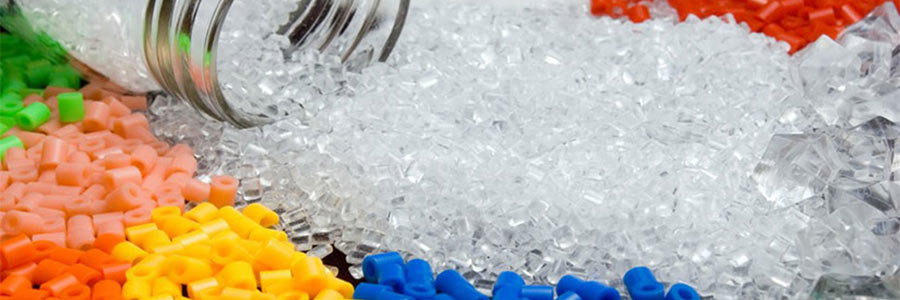
In recent years, plastic has become a very popular raw material for manufacturing in diversified fields of human life, owing to its tremendous behavioral characteristics.
Plastic: A by-product of petroleum, is manufactured in colorless granules.
In its raw state, the plastic has to go through two processes to reach a finished product:
- Coloring
- Moulding
Our company covers the coloring aspect, and there are two ways in which this is possible:
- Direct mixing of pigment with colorless plastic granules.
- Adding Masterbatch at the time of moulding.
Masterbatch is a concentrated mixture of colors, polymers and additives in granular form. The material of said granules varies depending on the final plastic product and our customer’s specifications. While we do offer both methods of coloring, it is generally recommended to use masterbatch for the following reasons:
- Masterbatches are engineered and designed for optimal dispersion in a polymer matrix. This enables for the final product to have excellent colour distribution. Pigments, on the other hand, do not disperse well on their own and require larger quantities to fully mix with the material.
- It is easy to store, move and manipulate masterbatches as they come in pellet form and are much more resistant to environmental factors. Pigments, on the other hand, are difficult to manage because they are in powdered form and run the risk of either becoming airborne or contaminating adjacent manufacturing lines.
- It is easy to match the binding agent used within the masterbatch to the polymer for a better melting process. It is also much easier to control the opacity of the finished product.

